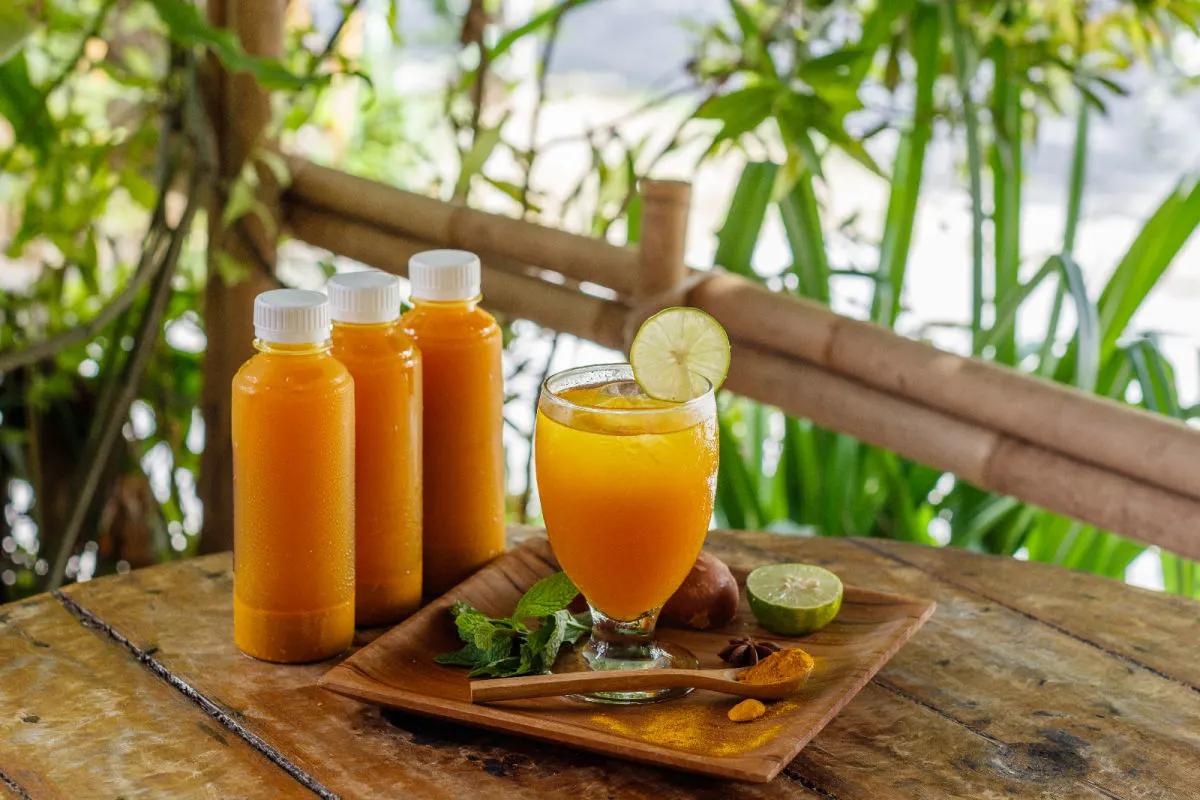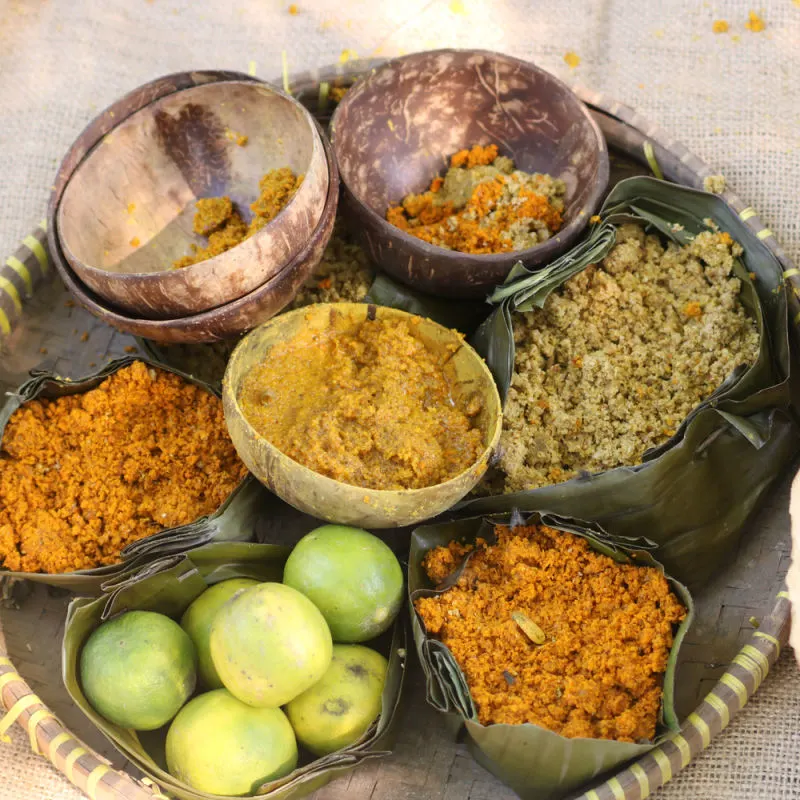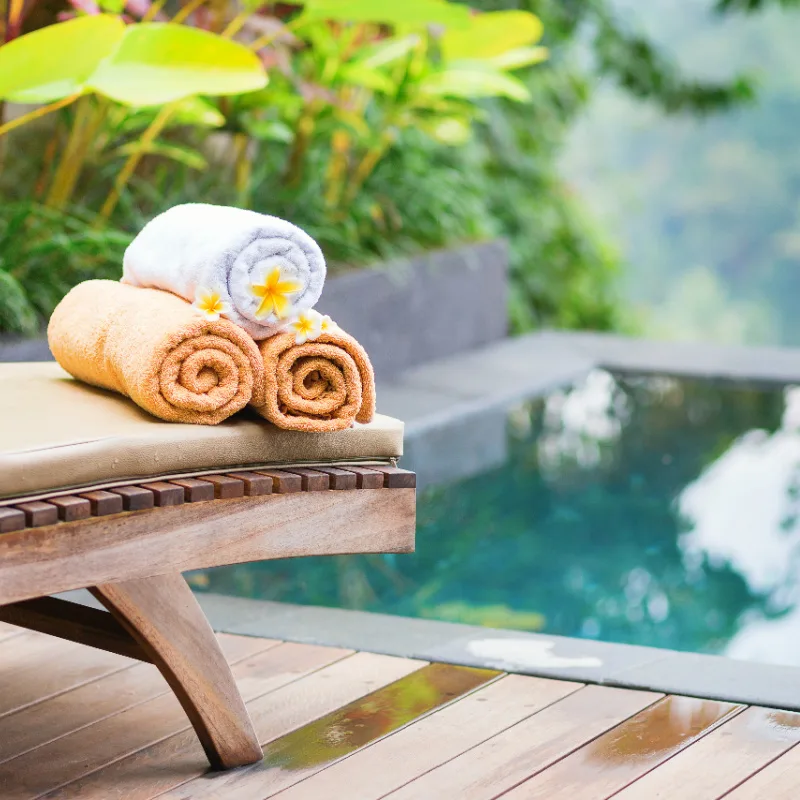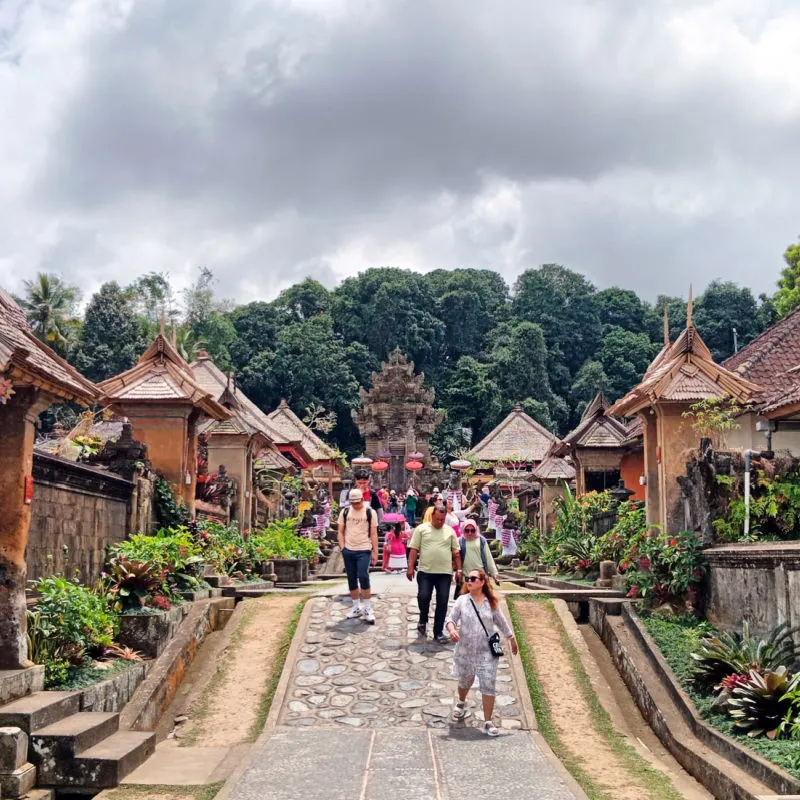
Tourists Must Try Bali’s Medicinal Drink Now Recognised By UNESCO
Bali is home to a wealth of ancient cultural gems. This is part of the reason why the Island of the Gods has become such an in-demand travel destination.
Now, one particularly famous Balinese health drink has been given UNESCO heritage status.
The United Nations Educational, Scientific and Cultural Organisation is a dedicated agency of the United Nations whose job is to promote world peace and security with education and cooperation in the arts, sciences, and cultural spaces.
UNESCO is already playing a significant role in protecting landscapes and heritage landmarks in Indonesia and in Bali too.
The UNSECO Batur Geopark is a perfect example of this, as is the UNSECO Jatiluwh Rice Terraces and the recognition of the Subak irrigation system, which is unique to Bali.
@luceclarkk exploring the secrets of traditional indonesian Jamu ✨ Indonesia’s traditional herbal medicine ✨ we handpicked fresh ingredients from Ayana’s farm 👩🌾 to create our own Jamu & skincare! #jamu #jamuandspice #ayanaresort #ayana #bali #thingstodoinbali #jamuworkshop #jimbarana #fyp ♬ original sound – Ellen ✨🪩🩷
Now the medicinal health drink Jamu, which originates from Bali and Java, has been added to the Representative List of the Intangible Cultural Heritage of Humanity.
It is not only the drink itself that has now been recognized by UNESCO, but the wellness culture as a whole.
Jamu is a traditional herbal medicine drink that is made from fresh turmeric, ginger, lemon, and honey. Some versions also include black pepper and honey and are watered down with fresh coconut water.
Jamu is used across Bali and Java by local people and increasingly tourists too, for its anti-inflammatory properties. It is also used as a remedy to help keep colds and flu at bay.
Of course, as an indigenous traditional cultural practice, the wellness culture that surrounds Jamu runs deeper than the drink itself.
The shapes and colors of the plants used in Jamu are associated with the colors and the shapes of the organs that they help heal.
In recognizing and protecting Jamu wellness culture, UNESCO led by traditional keepers is working to ensure Balinese culture is practiced in a modern context.
In the submission of Jamu wellness culture to the list of Intangible Cultural Heritage of Humanity, UNSECO writes “The practice is transmitted informally, typically within families and among neighbors, although some practitioners are self-taught. Jamu is also taught in universities.
They add “It is associated with respect for confidentiality and trust, and its practice is viewed as a means of strengthening social ties.”
Over the next few years, tourists planning their trips to Bali can expect to be introduced to even more wellness tourism experiences.
Bali is famous for its world-class resorts, retreats, and spas, and this will continue to be promoted across the board.
What tourists will be more of in the coming months and years is health and wellness tourism promoted at a village and community-based level.
This is the perfect way for tourists to be introduced to the depth of wisdom held within Balinese traditional practices from the living practitioners themselves.
The Chairman of the Bali Province Tourism Village Communication Forum (Forkom Dewi), I Made Mendra Astawa, told reporters that he and his teams will be working with communities to develop wellness packages to offer from Bali’s top tourism villages.
Astawa said “Being a tourist village, it’s not just about natural views and rural atmosphere along with socio-economic and cultural activities. But also more specifically about alternative healing.”
“We can call it wellness tourism in tourist villages.” Jamu wellness culture will be a great introduction to the wealth of health practices available to tourists.
Other traditional practices include loloh, which is traditional herbal medicine, pangelukatan which is a holy water bath, and Balinese traditional massage.
Astawa concluded, “I am sure that there is a lot of potential for wellness tourism in tourist villages if it is developed.”
No Byline Policy
Editorial Guidelines
Corrections Policy
Source


